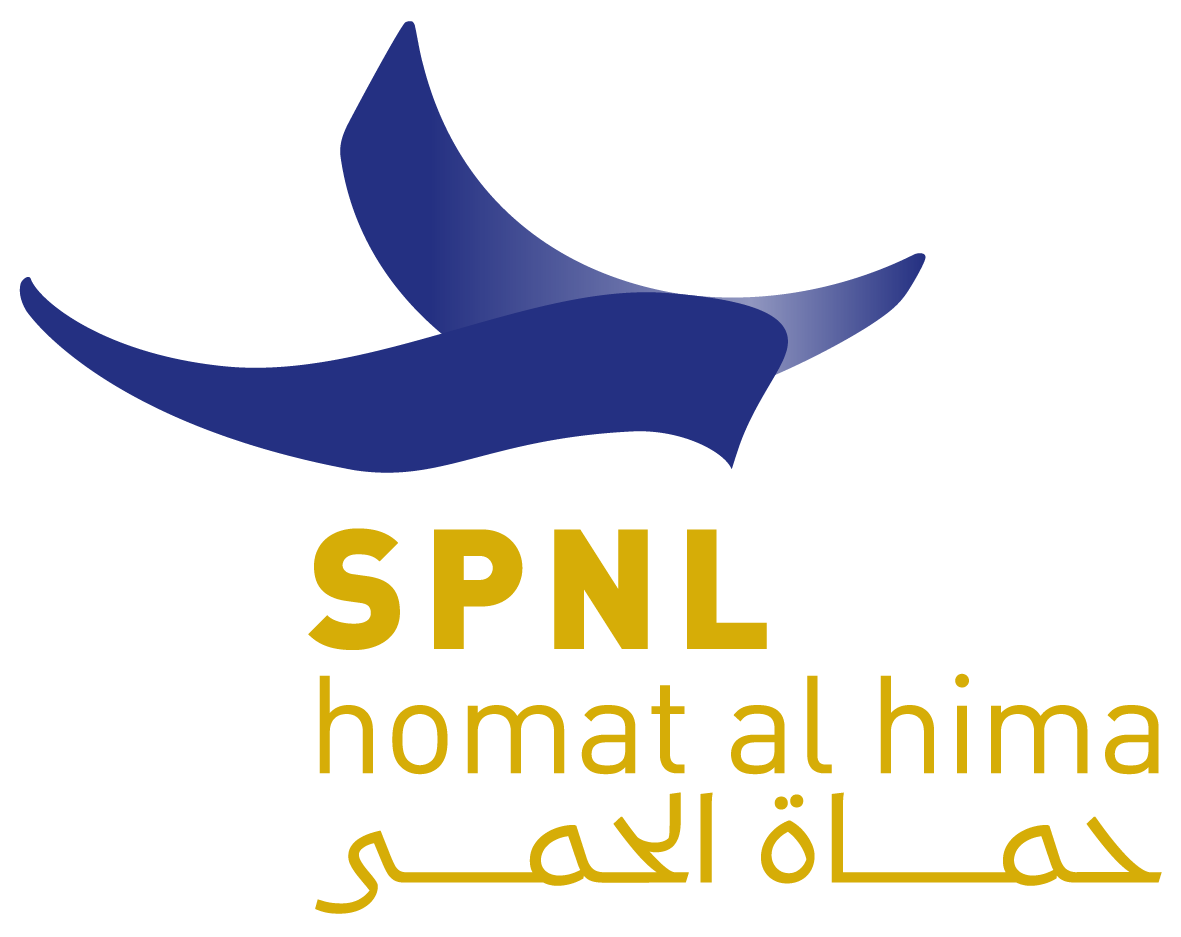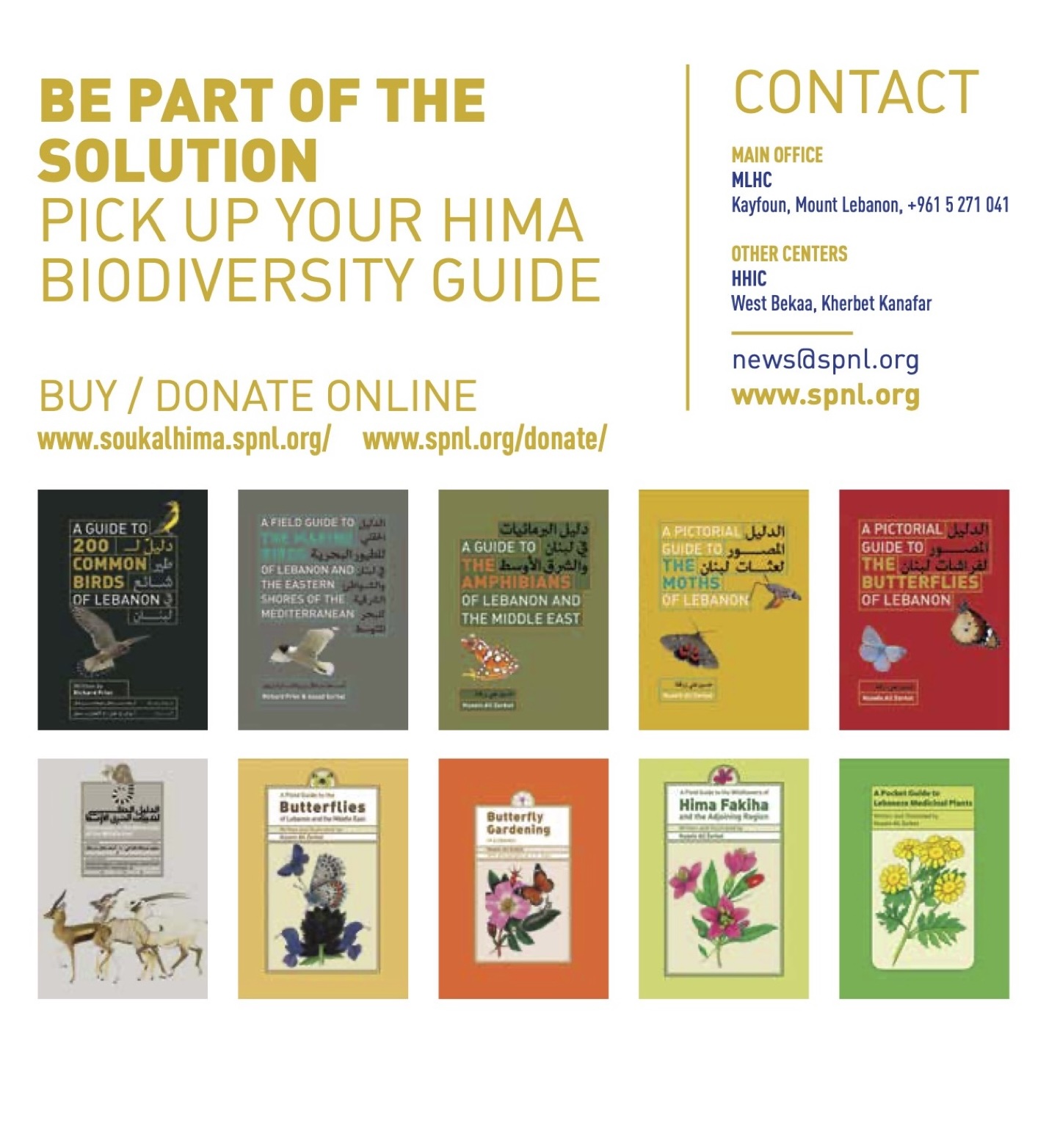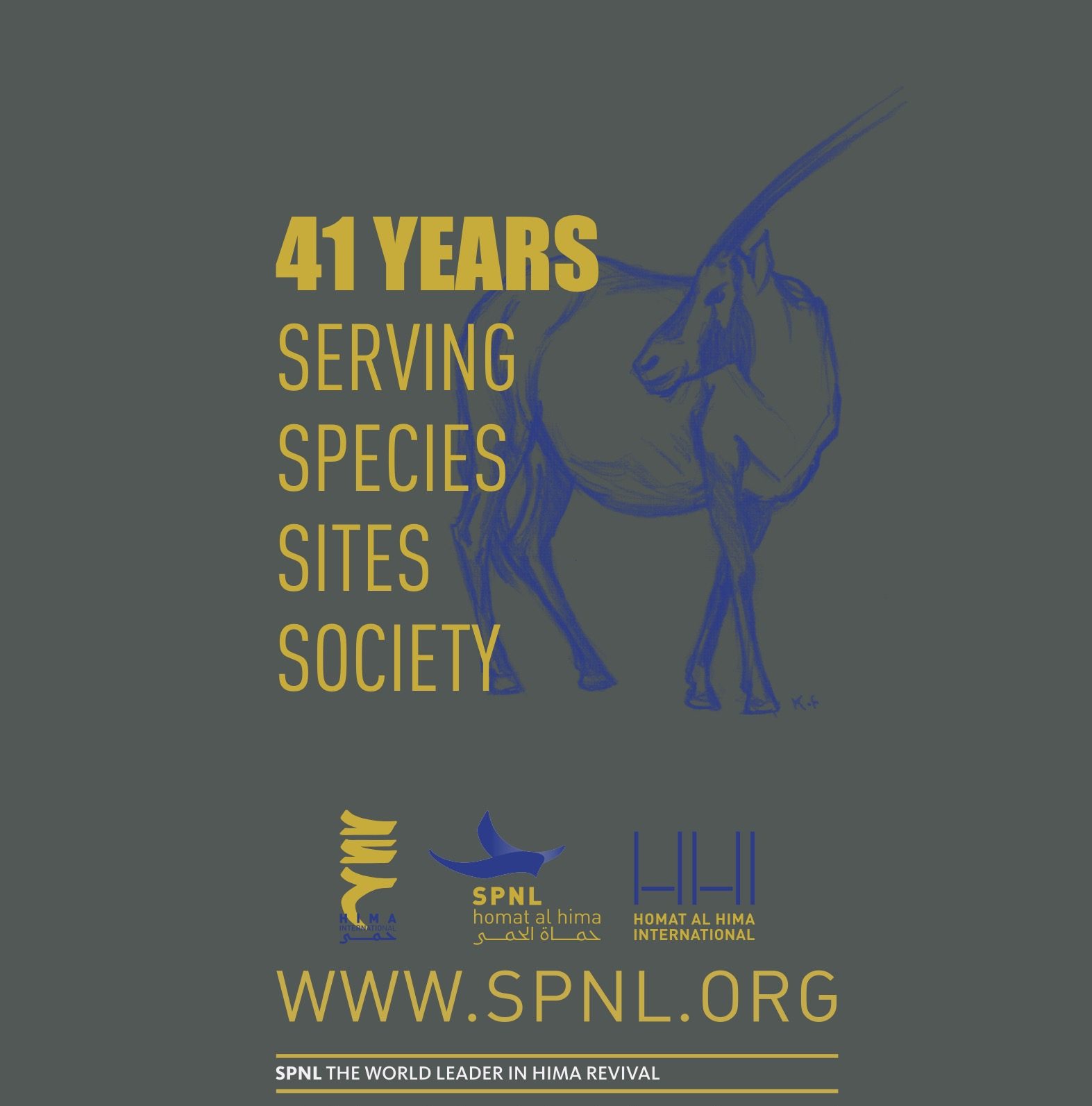Project Overview
Duration: 18 months (July 2025 – December 2026)
Donor: Swiss Agency for Development and Cooperation (SDC)
Target Area: Upper Beirut River Valley in Mount lebanon
Villages Involved: Ras el Matn (Hima), Abadieh (Hima), Hlalieh, Kalaa, Qobieh, Ras el Harf, Btekhnay (Hima), Deir el Harf, Qortada, Zandouka, Araya, Hammana (Hima), Qarnayel (Hima), Falougha, Roweiset, Shweet, and Shbanieh
Overall Goal: “Towards the Declaration of the First Natural Park in Lebanon”.
Overview: The proposed project aims to conserve biodiversity, enhance ecosystem services, and promote sustainable community development in the Upper Beirut River Valley. The project’s multifaceted approach includes the establishment of new Himas, advocacy for Lebanon’s first Natural Park, biodiversity assessments, development of management plans, and community-based activities to address critical environmental challenges. Key interventions include reforestation of buffer zones, water quality and quantity assessments, solid waste management initiatives, and efforts to reduce illegal hunting. Through education, awareness campaigns, and stakeholder engagement, the project seeks to foster long-term environmental stewardship and improve the well-being of local communities in the Upper Beirut River Valley.
Why: The Beirut River Valley is a historically and environmentally significant area in Lebanon, stretching approximately 31 kilometers from its source in the mountains of Mount Lebanon to its outlet into the Mediterranean Sea. The valley is characterized by its diverse landscapes, ranging from steep rural terrains in the upper reaches to heavily urbanized areas as it approaches Beirut.
The river originates near the towns of Hammana and Falougha, flowing westward through valleys that have long supported agriculture, local livelihoods, and rich biodiversity. It serves as a critical habitat for Mediterranean flora and fauna, including migratory bird species that depend on the valley’s ecosystems. The valley was declared as an Important Bird and Biodiversity Area (IBBA) by SPNL and approved by Birdlife International due to the enormous migration bottleneck for migratory soaring birds. Additionally, the valley holds archaeological and cultural value, reflecting a history of human settlement dating back to Phoenician, Roman, and Ottoman eras.
Since the 1960s, Lebanon has experienced uncontrolled urbanization and business development, particularly along its coastal areas and river bodies. This rapid development has come at the expense of natural ecosystems, which are already facing significant challenges due to climate change. This has disrupted the socio-ecological balance and the sustainable provision of ecosystem services that support community livelihoods and well-being. Despite its significance, the Beirut River Valley faces pressing environmental challenges. High urbanization rates in its lower stretch have disrupted the river’s hydrological balance, limiting its capacity to support biodiversity and ecological functions. The river has also suffered from excessive water withdrawals, with seasonal flow variation further exacerbating these issues. Additionally, the river is heavily polluted due to the discharge of untreated industrial and domestic wastewater, compounded by the accumulation of solid waste in its lower sections. Illegal hunting activities further threaten the biodiversity of the Beirut River Valley, endangering native and migratory species. These factors have significantly degraded the valley’s environmental and aesthetic value, threatening its biodiversity and reducing its potential to provide ecosystem services. Furthermore, limited awareness and capacity among local stakeholders, weak governance, and the absence of formal protected areas hinder effective conservation efforts.
Specific Goals, Activities and Expected Outcomes:
| SG1 To establish new Himas to strengthen biodiversity conservation | A1.1 Conduct a baseline assessment in four potential Hima to understand the current socio-environmental context and identify biodiversity-rich areas. This will also include an assessment for the water quality and quantity. | Expected Outcome: Formal declaration of at least four new Himas |
| A1.2 Implement regular biodiversity monitoring programs to collect data on key species, including migratory birds and threatened flora and fauna. Engage specialists and community members through citizen science. | ||
| A1.3 Organize five targeted awareness sessions in local villages to educate community members about the Hima approach, its benefits for conservation and livelihoods, its role in maintaining biodiversity and ecosystem services; water management and conservation; and citizen science. | ||
| A1.4 Collaborate with local municipalities and stakeholders to formally declare at least four new Himas through signed decisions. | ||
| SG2 Advocacy for the Establishment of Lebanon’s First Natural Park | A2.1 Organize meetings with the Ministry of Environment and other governmental entities towards declaring the Upper Beirut River Valley as Lebanon’s first Natural Park. | Expected Outcome: Progress in governmental support for declaring the Upper Beirut River Valley as a Natural Park. |
| A2.2 Reach out and engage with the 17 villages that have signed the common charter to reinforce their commitment. | ||
| A2.3 Finalize the policy document outlining the legal, environmental, and community-based framework for establishing the Natural Park. Support in the development of application decrees for law 130 as related to the Natural Park (Advocate Hima for Buffer Zones) | ||
| A2.4 Launch a media campaign to raise public awareness about the proposed Natural Park. | ||
| SG3 Developing Comprehensive Management Plans for Conservation and Sustainable Use | A3.1 Develop four comprehensive management plans for selected Hima sites through participatory approach that integrate biodiversity data, socio-economic findings, climate change forecasts, and community feedback. | Expected Outcome: Enhanced local capacity for conservation and sustainable resource management across four Hima sites. |
| A3.2 Create user-friendly guidelines for local communities, municipalities, and other stakeholders on sustainable practices, including eco-tourism, agriculture, and waste management.
These guidelines will be distributed as manuals (three manuals). |
||
| A3.3 Provide a technical workshop in each of the four Himas (four workshops in total) for local stakeholders to enhance their capacity to implement and monitor management plans effectively. | ||
| SG4 Strengthening Community Engagement through Capacity Building and Public Events | A4.1 Implement twelve SNOW (Hima School) sessions to educate children about the valley’s biodiversity, conservation principles, and the importance of sustainable living. Activities will include field trips, interactive workshops, and creative projects. | Expected Outcome: Increased awareness and acceptance among children, youth, and general public. |
| A4.2 Train local youth as Homat al Hima (Guardians of the Hima) to become conservation leaders. Ten training sessions for a target group of around 30 youth from the Hima villages will cover various environmental and conservation themes. | ||
| A4.3 Conduct an anti-poaching awareness campaign reaching 100+ people to address illegal hunting, emphasizing its impact on biodiversity and ecosystem balance. | ||
| A4.4 Organize two competitions to engage communities creatively in conservation efforts with at least 50+ participants. Themes may include nature photography, conservation-themed art, and storytelling about the valley’s heritage and biodiversity. Winners will be recognized at public events, fostering pride and motivation for conservation. | ||
| A4.5 Organize two cleanup campaigns collecting at least one ton of waste and engaging 100+ participants to tackle solid waste pollution in the valley. | ||
| A4.6 Host an opening and a closing event with around 60 participants each. | ||
| A4.7 Disseminating lessons learned and success stories from the project through social media platforms.
|
- All proposed activities will be implemented in close consultation with the Ministry of Environment as well as with the Unions of Municipalities located within the targeted region who have signed a common charter towards conservation under the Hima approach.
Swiss Agency for Development and Cooperation

The Swiss Agency for Development and Cooperation (SDC) is Switzerland’s international cooperation agency within the Federal Department of Foreign Affairs (FDFA). In operating with other federal offices concerned, SDC is responsible for the overall coordination of development activities and cooperation with Eastern Europe, as well as for the humanitarian aid delivered by the Swiss Confederation.
The goal of development cooperation is that of reducing poverty. It is meant to foster economic self-reliance and state autonomy, to contribute to the improvement of production conditions, to help in finding solutions to environmental problems, and to provide better access to education and basic healthcare services.






